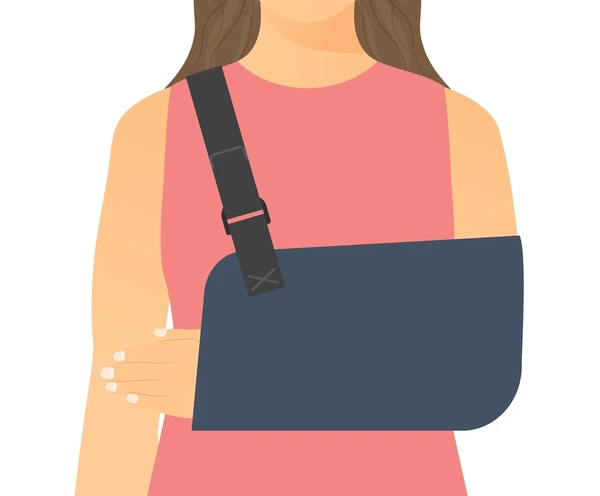What effect does patient specific instrumentation have on clinical outcomes after a Reverse Shoulder Replacement?

Updated surgical techniques and incorporation of new technologies continue to shape the landscape of orthopedic surgery, with the primary goal of improving patient outcomes. One emerging technology for Reverse Shoulder Replacement is the patient specific instrumentation (PSI). In this technique, a preoperative CT scan of the shoulder is used to develop an individualized 3D plan. The plan can be used alone, or can be utilized with PSI by the surgeon to guide the placement of the shoulder replacement components during surgery. While this technology has been shown to improve the accuracy of component placement, its effect on clinical outcomes has come into question. At the Oregon Shoulder Institute, we explored this topic through collaboration with surgical sites and experts in shoulder surgery across the United States.
In our multicenter study we analyzed the post-surgical progress in one hundred and seventy patients who had undergone reverse shoulder replacement surgery. This study group was further divided into two populations: (1) those that received 3D planning with PSI and (2) those where 3D planning was used but only a standard guide was used during their surgery. Interestedly, we found excellent clinical outcomes and high patient satisfaction in both groups as long as 3D planning is used prior to the procedure.
Article link: www.jshoulderelbow.org (In Press)

Similar posts



